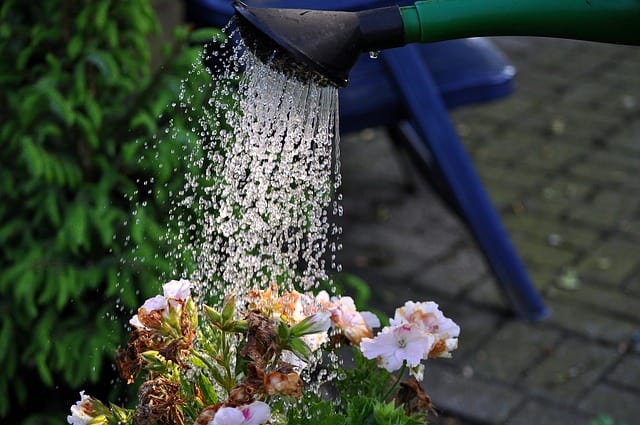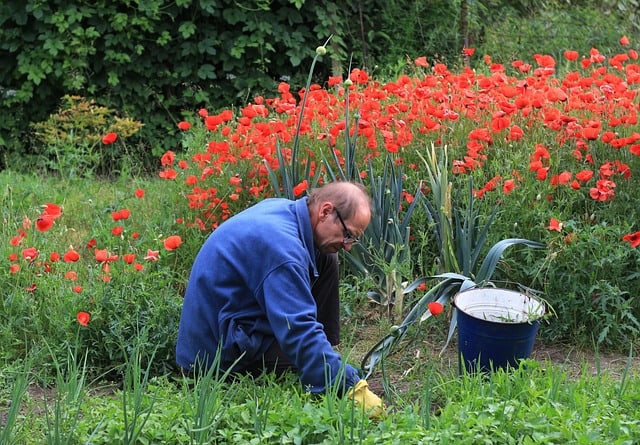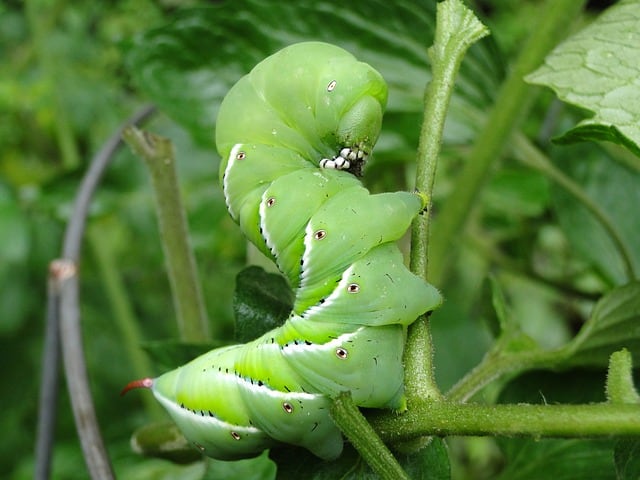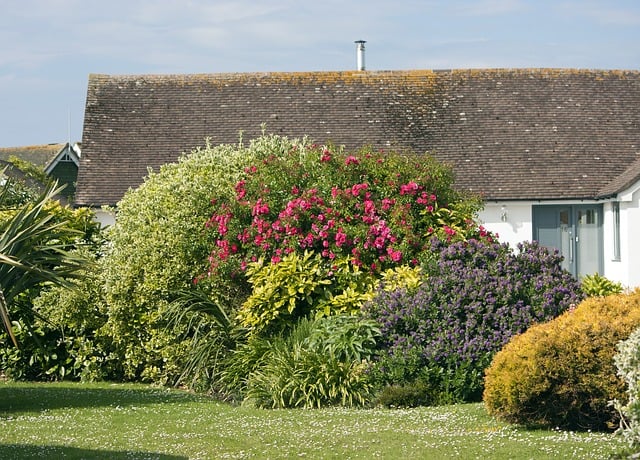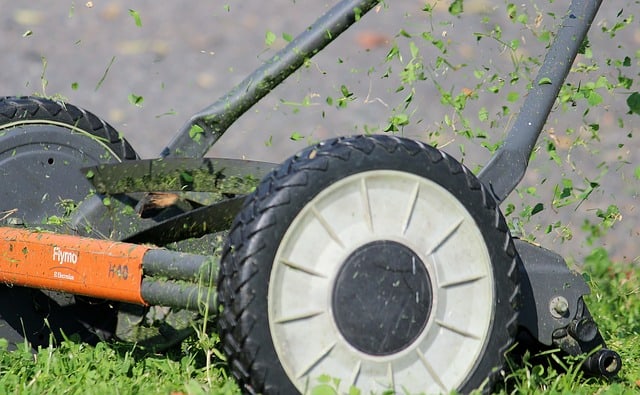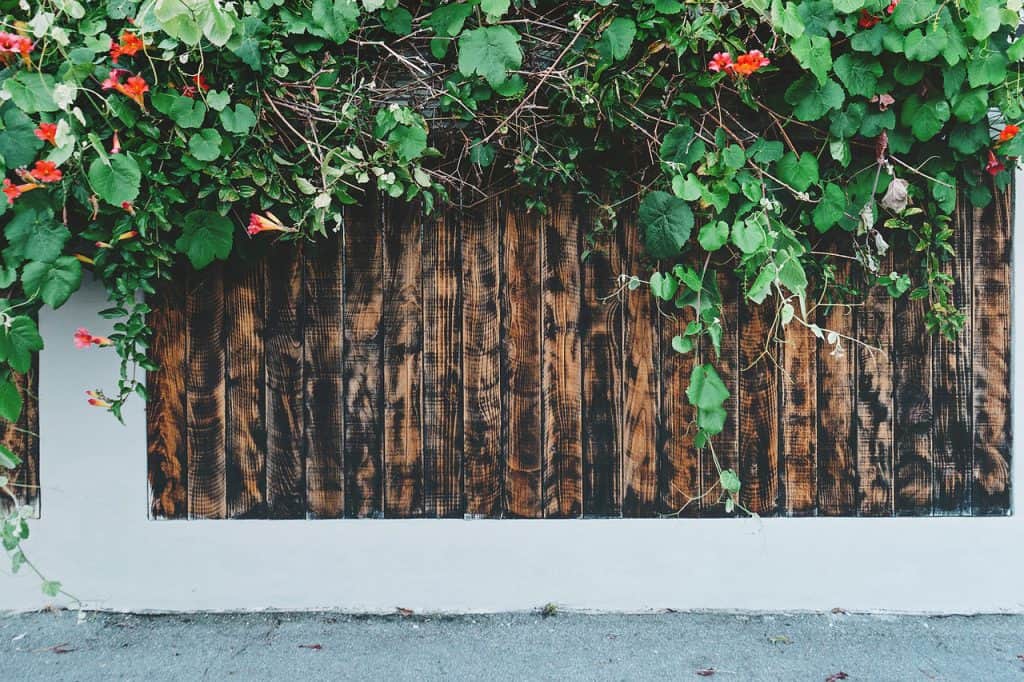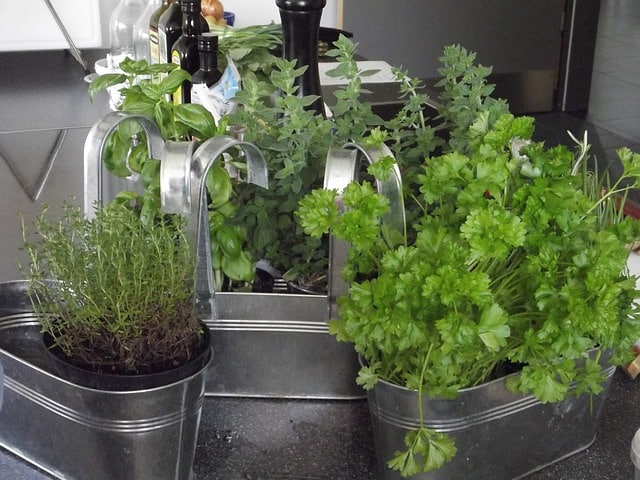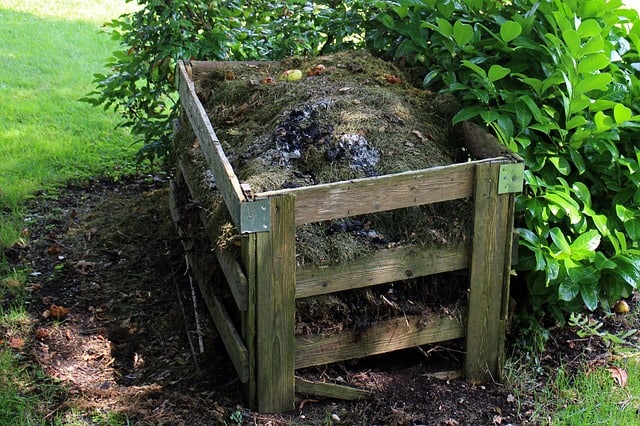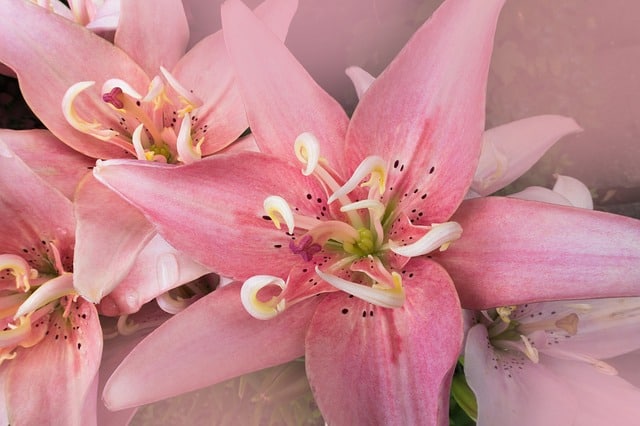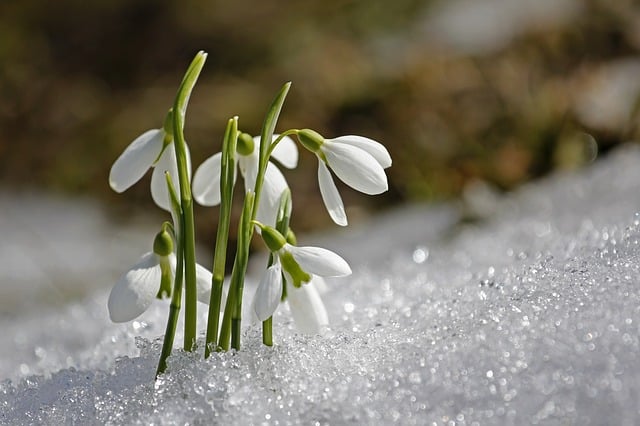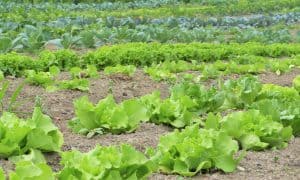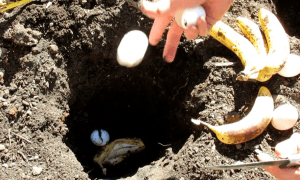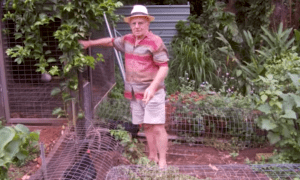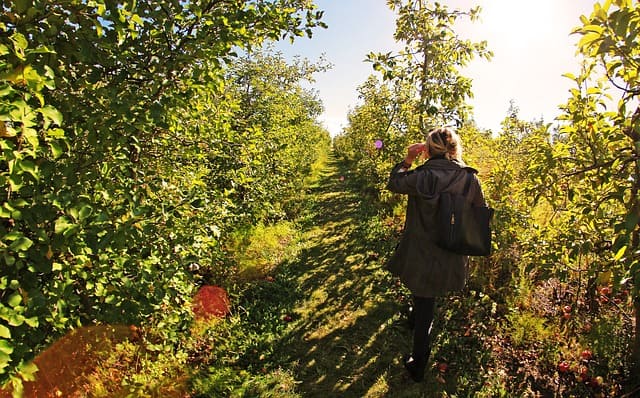
12 Tips for Preparing your Organic Garden before winter
The end of Summer is a time for some beautiful hot weather. Even though we may just want to relax, Winter is just around the corner and there is much to be done before it arrives. We need to ensure that our garden is well prepared, so that, not only can we have a beautiful spring garden, but also that these spring plants will provide nutrition for the soil, preparing it for our first production crop in Spring.
Here are 12 tips for August to get your garden ready for Winter. These came from Nan Fischer’s article on blog.naturespath.com
It is loosely based on Zone 5 in the United States. You can check this map for your zone. Adjust for your zone or micro-climate. (Other parts of the world can search for a similar hardiness zone using Google. Here is the Zone List for Britain I found on Wikipedia)
Remember watering, weeding, and watching for pests are high priorities.
12. Give your organic garden enough water
Vegetables and fruits still need an inch of water a week. Towards the end of the month, you can back off a bit as days continue to shorten and hopefully cool down. Water trees and shrubs deeply every week.
11. Weed before the Flowers go to Seed
Keep pulling or digging weeds. Do NOT let them flower and go to seed! That will create more problems for years to come. Some weed seeds can remain viable for years until the conditions to germinate are optimal. Do not compost flower heads. Put them in the trash.
10. Keep an eye out for these Sneaky Pests
A few destructive pests to watch for are tomato hornworm, Japanese beetles, and aphids. Key to organic pest control is knowing the life cycle of the critters you are dealing with, and keeping your plants healthy. Bugs love stressed plants!
9. Trees and Shrubs no longer need Fertilizer
They are getting ready to go dormant for winter, so you do not want to put on new growth. Prune out dead and diseased wood.
8. Don’t Cut the Grass Too Short
Lawn mowing will start to slow down a bit. Keep mower blades high. Leave the cuttings to act as mulch, cool the soil, and add nutrients as they decompose. Late in the month, reseed bare patches.
7. Collect Your Harvest
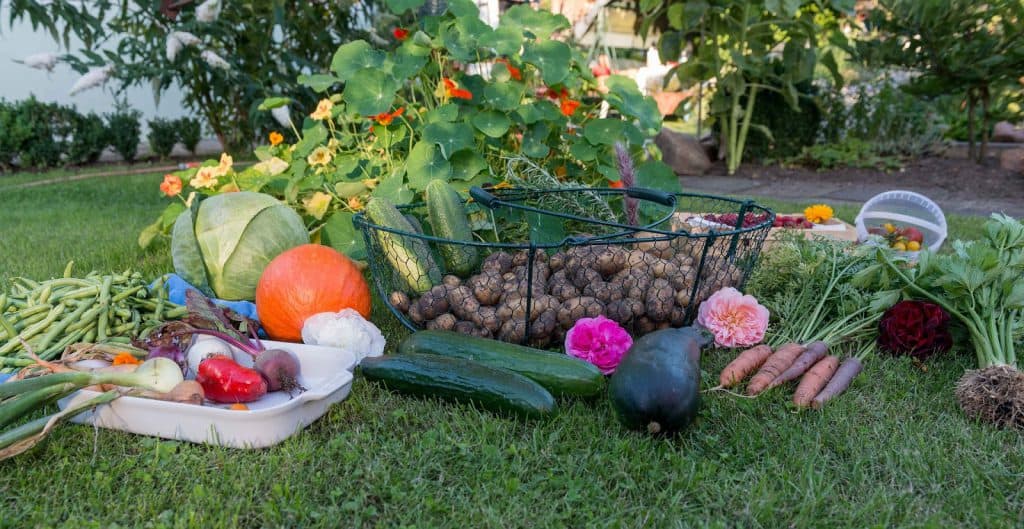
August is the biggest harvest month in the vegetable garden! Tomatoes, green beans, zucchini, basil, and cucumbers will give you more than you can eat. Experiment with new recipes, and learn to put some up for winter. There is nothing like eating your own produce in the middle of winter. You can’t buy food that good in a store! Your County Extension or other organization may offer classes. If you are a book person, I highly recommend Stocking Up. I’ve learned all I know about canning, freezing, and drying food from this book.
6. Prune Back all the Vines
In mid-to-late August, trim the tips of tomato and vining winter squash plants. This will keep new flowers and fruits from forming, and plants will put energy into ripening existing fruits.
5. Pot Your Essential Herbs
Dig and pot up herbs you want to bring inside. Make a winter kitchen garden.
4. Compost Your Plants
When you have harvested all of one crop, pull the plants, compost them if they are free of disease and pests.
3. Seed a cover Crop
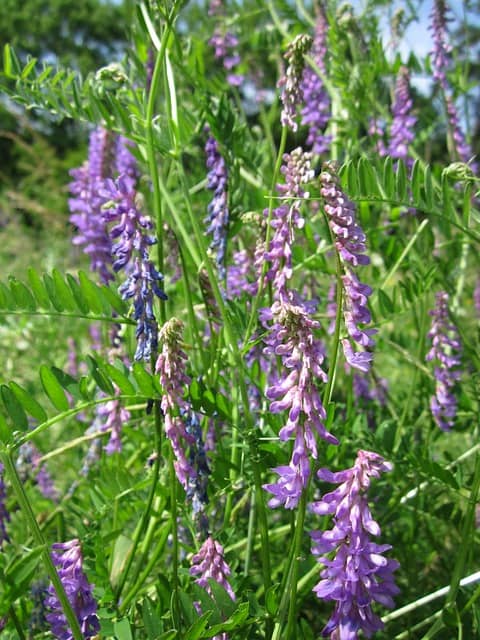 Seed a cover crop such as winter peas, oats or, if planted earlier in Autumn, Hairy Vetch for winter. It will add nutrients to the soil and improve its structure.
Seed a cover crop such as winter peas, oats or, if planted earlier in Autumn, Hairy Vetch for winter. It will add nutrients to the soil and improve its structure.
2. Divide your Irises and Day Lilies
It’s not too late to divide irises and day lilies. Did you know day lilies are edible?
1. Prepare your Spring Flowering Bulbs
I recommend daffodils, tulips, snowdrops, crocus, muscari, and the heavenly scented hyacinth.
Make sure you take some time to enjoy your garden even though you will be busy. This is one of the most rewarding times, and one which can really set you up properly for a great next season, so remember to prepare well. Remember it is important to keep the soil covered in Winter with either mulch or a cover crop, and now is the time to get ready.
Leave us a comment if you have any more tips, or perhaps you would like to check out some of our articles on mulching.
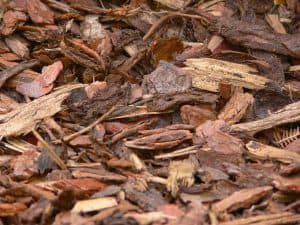
Sources:
Winter Chores 11 Organic Gardening Chores in August
Cover Crops https://www.motherearthnews.com/organic-gardening/cover-crops-improve-soil-zmaz09onzraw.aspx

